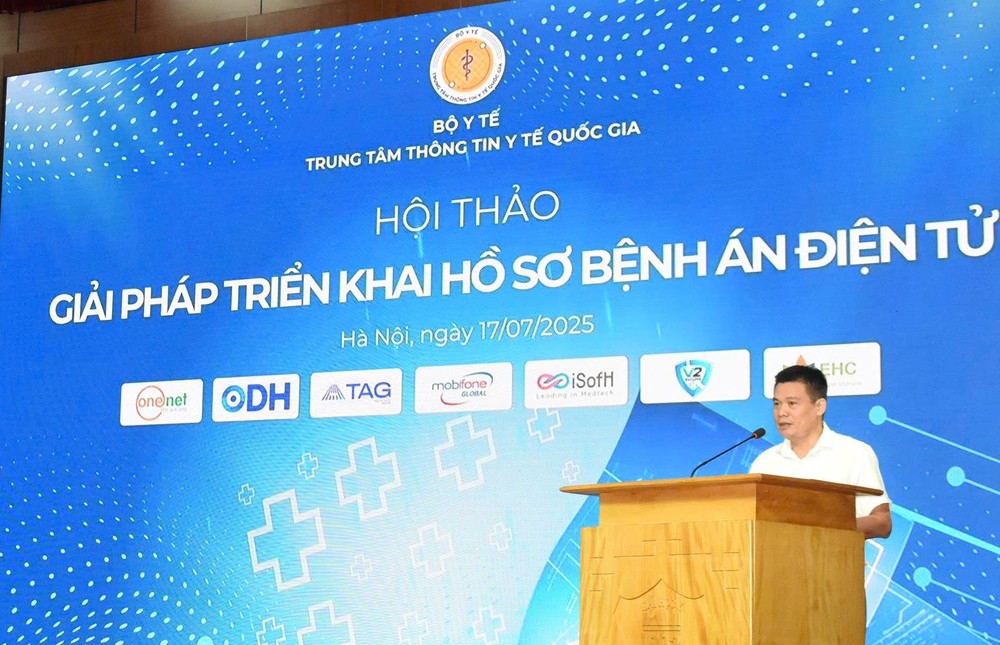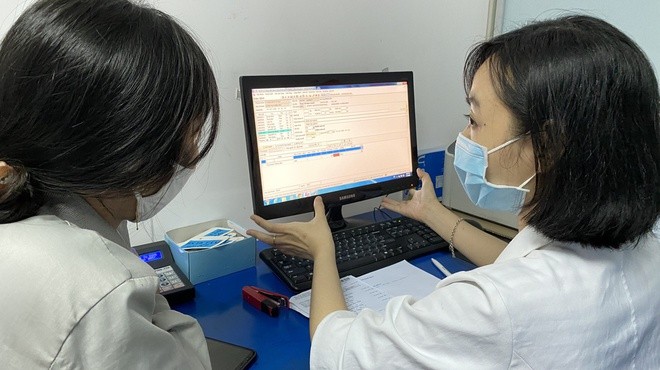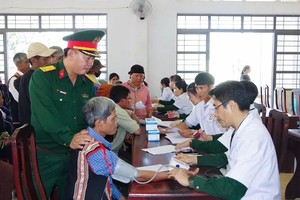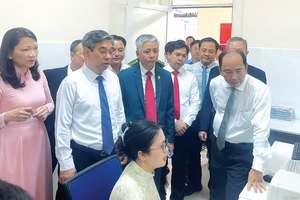Healthcare facilities continue to grapple with challenges in funding, technological infrastructure, workforce capacity, and fragmented coordination across sectors and administrative levels—hindering the effective implementation of electronic medical records (EMRs).

To address these issues, the National Center for Health Information under the Ministry of Health hosted a workshop in Hanoi yesterday, spotlighting solutions for EMR adoption. The event aimed to raise awareness among healthcare professionals about the transformative potential of digital technology in medical care.
The Ministry of Health identifies EMRs as a cornerstone of its digital transformation roadmap, essential for enhancing the quality of healthcare services, optimizing management systems, and facilitating the secure and seamless exchange of health data. EMRs also ensure accuracy, interoperability, and protection of personal medical records.

As outlined in the Ministry’s plan, all hospitals nationwide must complete EMR implementation by September 30. However, to date, only 270 out of 2,800 healthcare facilities have adopted the system.
This is a modest figure compared to the set target. The main reasons are persistent difficulties faced by many facilities in terms of funding, IT infrastructure, skilled personnel, and the lack of cross-sectoral and multi-level coordination, said Director Do Truong Duy of the National Center for Health Information.
To address these challenges and accelerate progress, the Ministry of Health recently issued Circular 13 to replace Circular 46/2018. The National Center for Health Information also released detailed technical guidelines for EMR implementation including specific instructions on electronic medical record systems.
Looking ahead, the Ministry plans to issue further technical guidelines and supporting regulations to standardize and simplify procedures. These will provide a stronger legal and technical foundation to help healthcare facilities stay on schedule with EMR deployment.
























